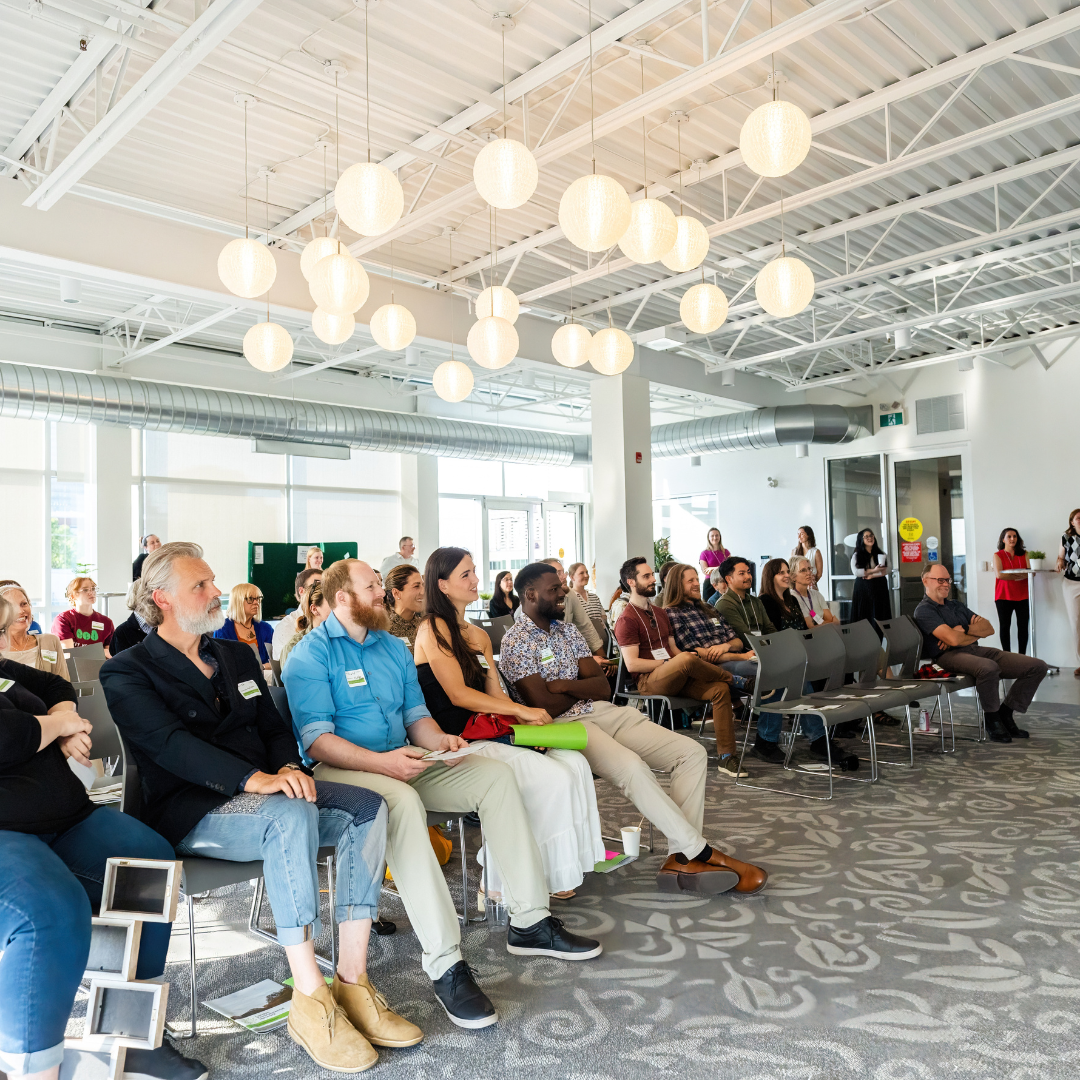Written by Elliott Corston-Pine, Let’s Talk Science
In 2011, I went to Niagara Falls to celebrate the New Year with family. While attending, I didn’t take notice of the amount of waste generated, energy consumed and how local environments might be strained during this New Year’s bash. All I cared about, along with others in attendance was the music, light show, and really, my hot chocolate. It was so cold. I remember holding my drink in a styrofoam cup. While it was a great concert, I often think back to how many others of the roughly 40,000 in attendance also had their drinks in styrofoam cups.
I know what you’re thinking. Why am I writing a blog on sustainability and the first example that comes to mind is a styrofoam cup. Well, I feel like this example demonstrates how far mainstream sustainability has come. Recently, I attended a smaller event in London. I was happy to see recycle bins, compost bins, and people on-site sorting trash. We’ve come a long way since 2011 and this kind of pre-event planning does not go unnoticed.
Sustainable Event Planning at Every Scale
Regardless of where you work or what you do, at some point, you will find yourself in the throes of planning an event (…or at least part of one). Below you will find a few general tips on what to consider when planning sustainability for your next event – big or small:
-
Choose a Sustainable Venue
- Location: Ensure your venue is easily accessible by public transportation, bikes, or shared rides. Reducing the number of individuals driving minimizes the carbon footprint. Consider providing information about nearby transit options and bike racks to encourage sustainable travel. Use websites such as Google Maps to plan out transit routes for attendees.
- Sustainable policy: Inquire about the venue’s energy-efficient lighting and heating systems, water conservation practices, and waste management systems, such as composting and recycling processes. A venue with a robust sustainability policy can significantly reduce the event’s environmental impact.
- Sourcing local: Check if the venue sources food locally or partners with community organizations to amplify positive impacts. Local sourcing supports the local economy and reduces the carbon footprint associated with transporting goods over long distances.
-
Waste Minimization
- Catering: Partner with caterers who source their ingredients locally and commit to using reusable or compostable service ware. This reduces waste and supports local agriculture.
- Decor: Use decorations from thrift shops or consider incorporating natural elements like plants and flowers. This not only reduces waste but also adds a unique and eco-friendly touch to your event. Check out stores such as Value Village or Goodwill to find second hand items.
- Waste programs: Utilize programs like TerraCycle for items that aren’t typically accepted by traditional recycling services. These programs offer collection services for hard-to-recycle materials, ensuring they are diverted from landfills.
- Participant materials and signage: Choose materials made from recycled content and prioritize reusable items such as notepads, pens, or even plantable items like seed packets. This reduces waste and encourages sustainability.
- Waste stations: Provide clearly labeled bins for recycling, composting, and general waste. Ensure these stations are easily accessible and educate attendees on proper sorting to maximize waste diversion.
- Creative upcycling: Arrange for leftover food to be donated to local food banks such as the London Food Bank. Repurpose any leftover decor for future events or donate it to community organizations.
-
Communicate and Measure Your Impact
- Education: Communicate your sustainability goals to attendees through on-site signage and pre-event communications. This raises awareness and encourages participants to engage in sustainable practices.
- Promote your efforts: Highlight your sustainable practices in event promotions. This can attract attendees who share similar values and boost the event’s reputation as an environmentally conscious initiative.
- Measure success: Track and measure your event’s impact by monitoring waste diversion, energy usage, and attendee travel methods. These metrics can help establish a baseline and identify areas for improvement.
- Share your story: Share success stories about your event’s sustainability efforts. This can inspire others and position your organization as a leader in environmental responsibility.
Additional Tips:
- Consider virtual or hybrid options: Offering virtual or hybrid attendance options can reduce the event’s carbon footprint by minimizing travel.
- Offset emissions: Look into carbon offset programs to compensate for any unavoidable emissions. This can further mitigate the event’s environmental impact. Consider partnering with organizations such as Bullfrog Power.
- Partner with other organizations: Collaborate with businesses or environmental organizations to extend your reach and enhance sustainability efforts.
- Adopt ISO 20121 Standards: Implementing the ISO 20121 Standard provides a framework for building a sustainability management system specific to your event, ensuring a comprehensive approach to sustainability.
